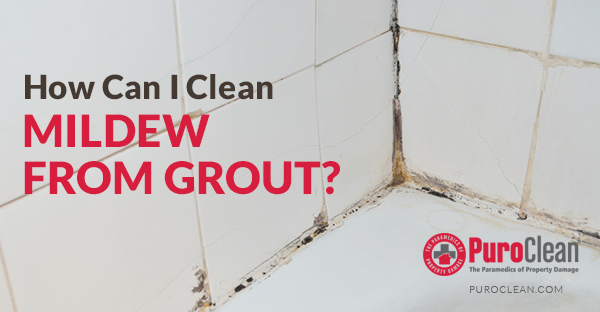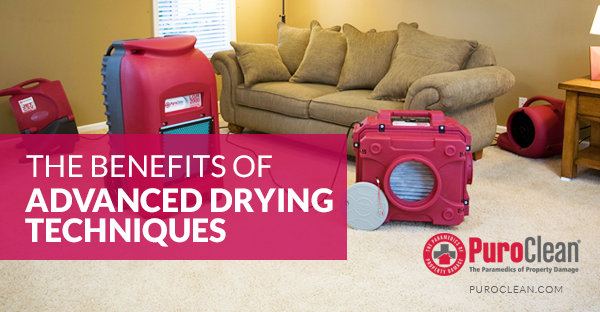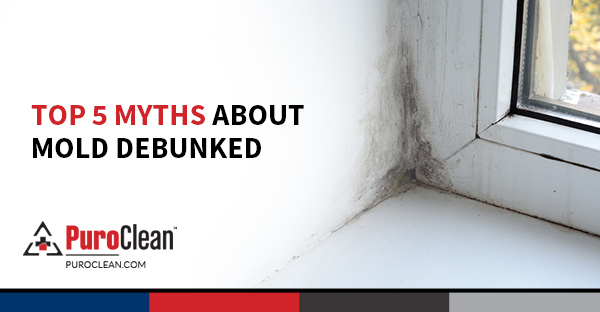 Mold and mildew often grow in humid and damp areas like bathrooms. While removing mildew from tile is relatively simple, mildew on grout is quite difficult to clean. If you want to do it yourself, use a scrub brush and household detergent. Other eco-friendly cleaners you can use include baking soda, vinegar and hydrogen peroxide. As a final solution, replace the grout entirely.
Mold and mildew often grow in humid and damp areas like bathrooms. While removing mildew from tile is relatively simple, mildew on grout is quite difficult to clean. If you want to do it yourself, use a scrub brush and household detergent. Other eco-friendly cleaners you can use include baking soda, vinegar and hydrogen peroxide. As a final solution, replace the grout entirely.
Here’s what you can do to remove mildew from grout:
- Take a scrubbing brush (or toothbrush) and your favorite cleaning product and scrub off the mold. You can also use a natural mold-killing product, such as borax, ammonia and baking soda, or a commercial grout cleaner.
- If you choose to clean with baking soda, make a paste with half water, half baking soda, then apply it to the grout. Leave it on for at least 10 minutes (or about 2 hours for very dirty grout), and then spray the grout with water. Finally, scrub, rinse and let it dry.
- If there are still mildew stains on the grout, use oxygen bleach, chlorine bleach or hydrogen peroxide to eliminate the remaining stains. Spray the grout, leave the solution on for several minutes and then wait. If this doesn’t work, re-apply the solution and don’t forget to rinse with water. For more efficiency, stick paper towels soaked in bleach to the grout. The next day, the stains should disappear.
- If nothing works, replace the grout. Use a tool like a flat screwdriver to scrape out the dirty grout, and then apply the new grout.
- To prevent future mildew and mold growth, you should lower the humidity in your bathroom. Open a window, use a dehumidifier or turn on a fan after you shower. In addition, spray a mixture of equal parts of vinegar and water onto the grout when you’ve finished showering.
Discover more efficient mold cleaning tips, as well as the 10 best mold prevention tips on our blog. For professional restoration services after mold, flooding or fire damage, call your local PuroClean Office.



 PuroClean of Huntington Park LA
PuroClean of Huntington Park LA